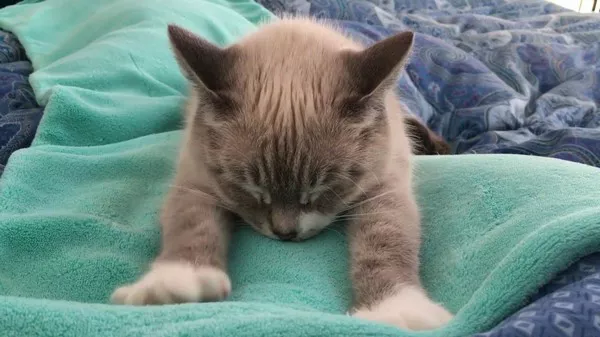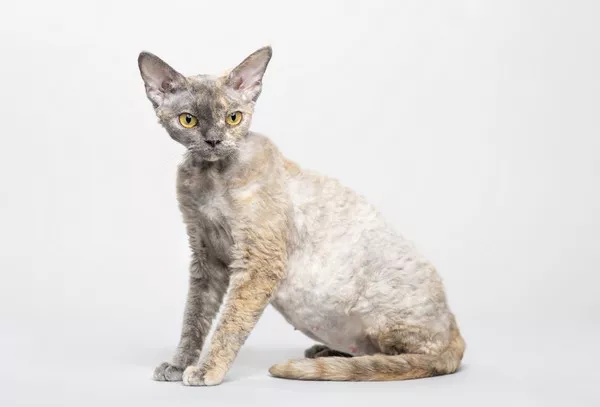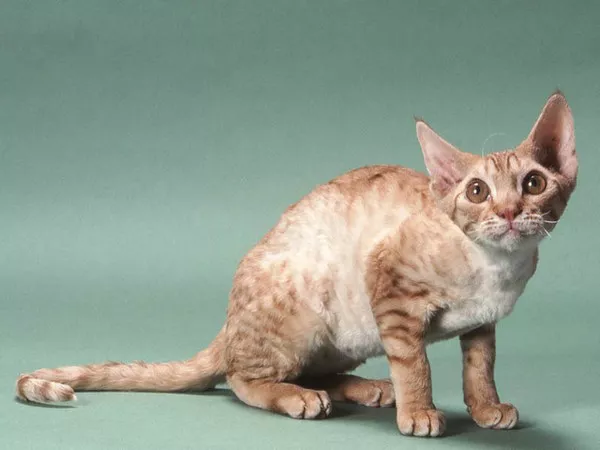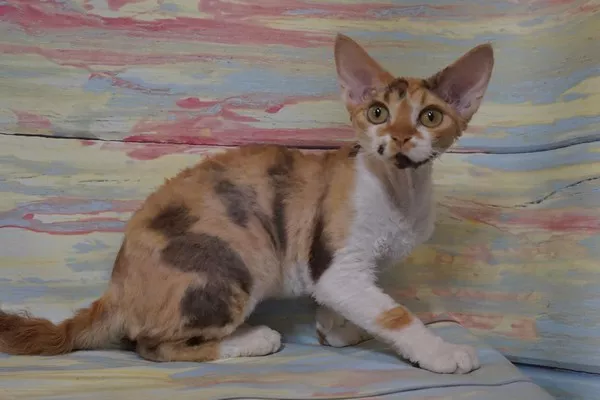In Mexico City’s iconic National Palace, an unexpected cohort roams the historic halls and lush gardens, embodying a unique blend of tradition and modern governance. Nineteen feral cats, affectionately dubbed the palace’s unofficial residents, have become an integral part of the daily affairs within the seat of Mexico’s executive branch.
Jesús Arias, the palace veterinarian, affectionately describes the cats’ unrestricted access to every corner of the palace, often making impromptu appearances during meetings and even wandering onto camera during televised press briefings.
Their newfound status as “living fixed assets,” as declared by the government of Mexican President Andrés Manuel López Obrador, marks a significant milestone. This designation, typically reserved for buildings and furniture, now extends to the feline inhabitants, ensuring their care and sustenance for the remainder of their lives, even after the president’s tenure concludes in October.
Adriana Castillo Román, the general director of the National Palace and Cultural Heritage Conservancy, emphasizes the symbolic importance of the cats within the palace’s identity. She underscores the responsibility to ensure their well-being, considering them an indispensable part of the palace’s character.
Situated at the heart of Mexico City and steeped in historical significance, the presidential palace stands as a testament to Mexico’s rich heritage. While ancient Aztec culture revered hairless dogs known as Xoloitzcuintle, it’s the feline companions who now grace the halls of power, bearing names inspired by artists and indigenous languages.
Stories of these furry residents date back decades, with memories of feral cats roaming the palace gardens intertwined with its history. Despite their mysterious origins and nocturnal comings and goings, the palace has embraced them as valued members of its community.
One cat, Zeus, achieved fleeting fame when he made an unexpected appearance at a presidential press briefing, charming reporters before being escorted away. Such incidents highlight the affection and camaraderie these felines inspire among palace staff and visitors alike.
Efforts to care for the cats have evolved over time, from discreetly feeding them leftovers to enlisting professional veterinary care and constructing dedicated shelters and feeding stations. The commitment to their welfare reflects a broader acknowledgment of their significance within the palace ecosystem.
As for the cats themselves, their response to their newfound status as “living fixed assets” remains inscrutable. Yet, amidst the palace’s bustling activities, they continue to lounge and roam, perhaps content in their role as silent observers of history in the making.



























